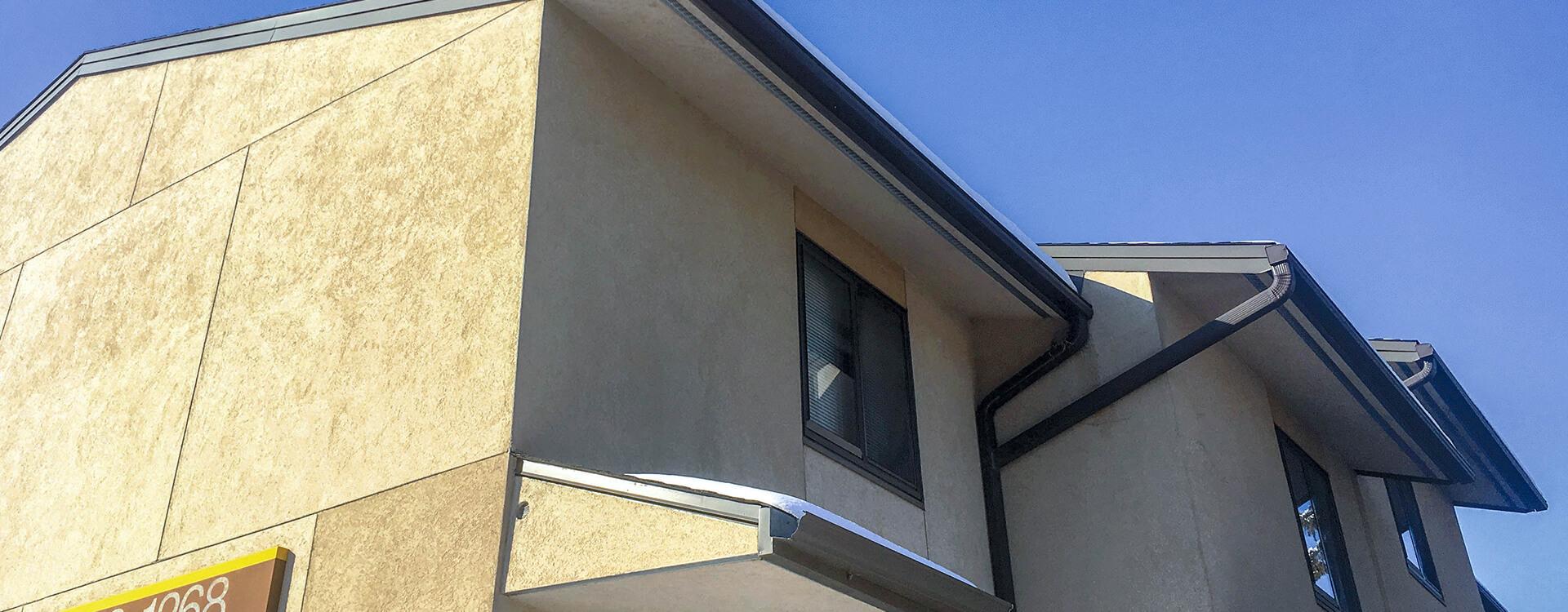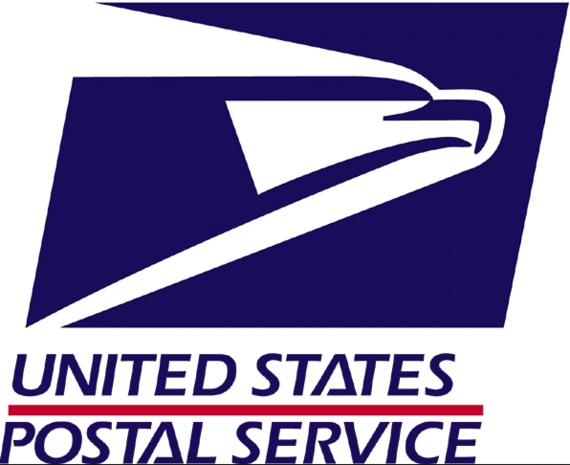
Landscape and Environmental Design Task Force
What are the green signs all about that my neighbors are posting on their lawns?
Have you noticed green signs posted on your CTC neighbors’ lawns and wondered what they are all about? You, too, can pick up a free sign at the office. The signs ask that no herbicides (used to kill weeds) are sprayed on the lawn in front of your house. The signs also show support for the Landscape and Environmental Design (LED) Task Force Committee’s efforts.
What is the LED Task Force Committee and what is their proposed plan?
The LED Task Force Committee is made up of CTC residents, CTC managers, and outside professionals. Our goal is to create a more sustainable landscaping plan at CTC. Ideas include drastically cutting pesticide use, reducing the number of times the lawn is mowed, creating nature-based play spaces for children, and implementing low-maintenance prairie landscape into parts of CTC.
Some reasons to support this plan could include:
- Cutting CTC’s annual weed control/lawn care costs of $112,00 (thus, keeping future rents low);
- Reducing CTC’s environmental impact;
- Providing CTC children with more access to nature; and
- Considering potential health impacts of pesticides used near children’s homes and play spaces.
I am a resident with limited extra time; how will this plan affect me?
We recognize that we belong to a busy community of people studying and working long hours, often while raising children. Our goal is notto create additional time-intensive work expectations for residents, but to create a longer-term landscaping plan that is more sustainable and cuts costs for residents.
A quick update: chemical-free lawn pilot sites
- Russ Henry, who runs an organic landscaping company, managed CTC’s chemical-free lawn pilot sites this summer. Compost tea was sprayed on these sites, and pesticides were not. Russ will be testing the soil from pilot sites this fall to assess the quantity and quality of microbial life in the soil. The tests can help guide a future landscape management strategy.
How do other universities manage their land and reduce the use of pesticides?
- The University of Texas at Austin manages the main campus (431 acres) mostly organically.
- The University of Colorado Boulder reports that the university “refrains from applying herbicides to the campus turf” and uses compost tea.
- The University of Wisconsin-Madison reports (page 11) that on 83 acres of student housing grounds, fertilizers are “generally” not used and few herbicides are used.
- The University of Iowa reports that 82% of their main campus is “100% organically maintained”.
- The University of New Hampshire reports prioritizing alternatives to herbicides when possible.
You can play a role in helping with this project! We need to have more resident support!
- Pick up a free green LED Task Force sign(s) from the CTC office to keep the individual lawn in the front and/or back of your house free of herbicides and to support our efforts. Place the sign in your front and/or your backyard garden beds.
- Write the CTC office (ctc@umnctc.org)to learn about upcoming meetings, document any landscaping concerns, offer ideas, or ask questions.
Any interested resident is invited to attend the next LED Task Force meeting on Tuesday, October 9 @ 5 pm in the CTC Community Center Fireplace Room. We will be meeting with the University of Minnesota Land Care (who currently manages our landscaping needs) to discuss landscaping practices. No landscaping experience necessary to attend! Please e-mailctc@umnctc.org for more information.


